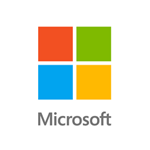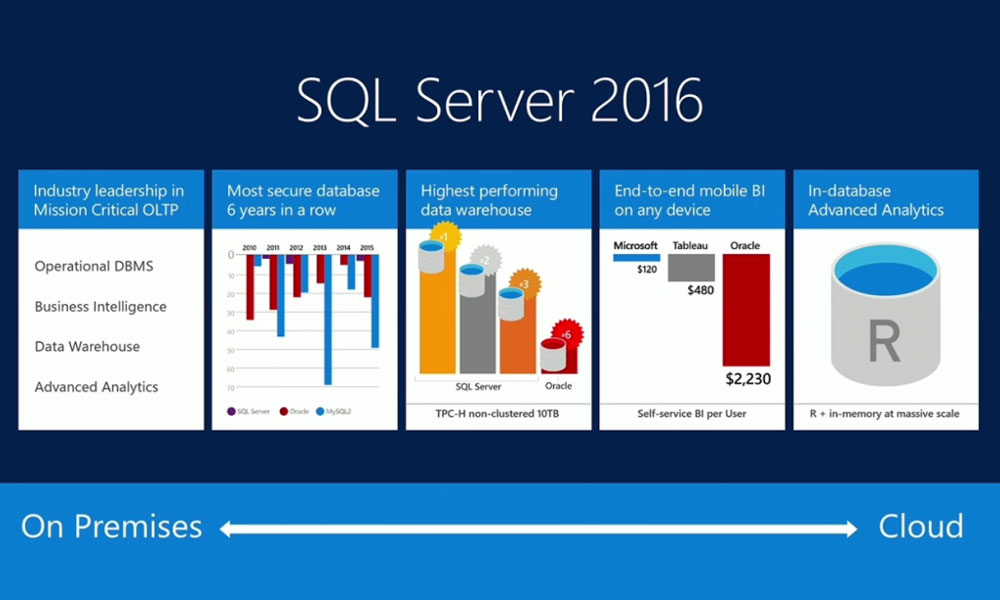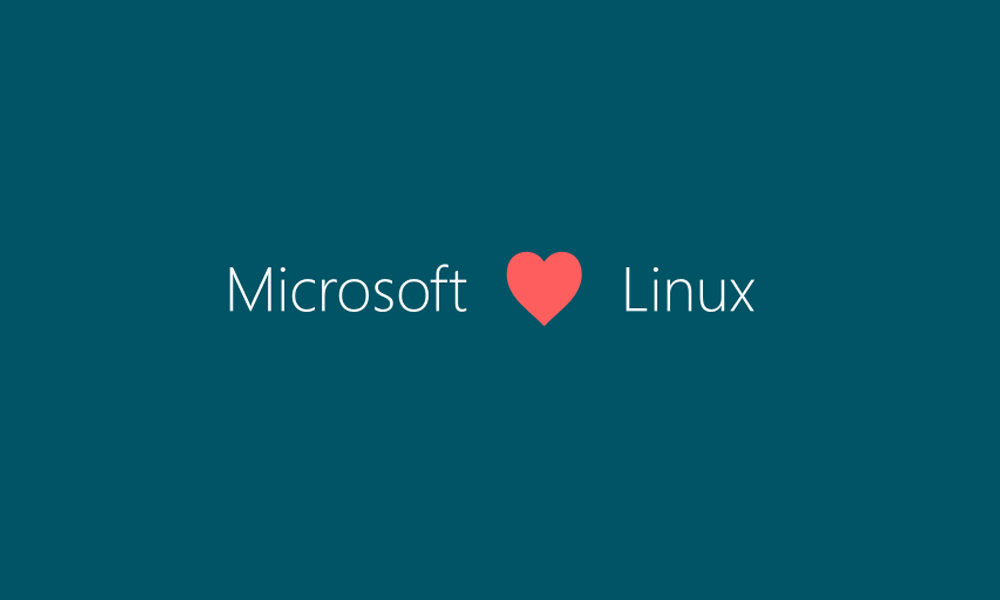 Microsoft has it all and it's changing. From its marketing strategy to its products, the company wants to keep up with the shifting trends. Now the Redmond-based company has something new in its mind.
Microsoft has it all and it's changing. From its marketing strategy to its products, the company wants to keep up with the shifting trends. Now the Redmond-based company has something new in its mind.
SQL Server is Microsoft's flagship relational database product, and now it's available on Linux in the form of an early private preview.
Before, SQL Server was strictly a Microsoft product. While it's nevertheless good on its own, Microsoft's executive vice president of its cloud and enterprise group Scott Guthrie, said that the time has come to bring the product to Linux.
"SQL Server on Linux will provide customers with even more flexibility in their data solution," Guthrie said. "One with mission-critical performance, industry-leading TCO, best-in-class security, and hybrid cloud innovations - like Stretch Database which lets customers access their data on-premises and in the cloud whenever they want at low cost - all built in."
The announcement came three days before Microsoft's planned SQL Server 2016 event in New York.
When the company later introduces SQL Server 2016, it highlights several new features, including better in-memory database, R, and data warehousing support, as well as new mobile apps for business intelligence.
Speed, Security And Against Oracle
While SQL Server is still at its early preview, Microsoft's focus remains on the SQL Server 2016. What SQL Server 2016 do better, as Microsoft highlights, is that it's significantly faster than previous versions. Without using any of the new features in the software, which include supports for better in-memory computing for example, queries executed should perform 25 percent faster on the same set of hardware. Online transaction processing speeds will at least double for some functions, the Redmond-based company said.
And if the user uses the software's in-memory updatable columnstores, the speed could even go up to 100x.
According to Joseph Sirosh who leads Microsoft's data group, those kinds of speed gains aren’t something users will likely get from other relational databases any time soon. Users could use them, "but with MySQL, you will need much more hardware," he said. "You will pay in hardware what you save in software," without gaining any of the enterprise-centric security features that Microsoft offers.
Speed is everything, and importantly, speed also allows SQL Server 2016 to process real-time analytic instead of having users to use a dedicated data warehousing solution.

Supports for the statistical computing environment R is built straight into SQL Server. This analytics side is the result of Microsoft's acquisition of Revolution Analytics. Using this feature, users can now use R directly on their databases without having to extract and move the data first.
What SQL Server 2016 further highlights is its security. Microsoft said the U.S. government's National Institute of Standards and Technology (NIST) reports that SQL Server has had the lowest number of vulnerabilities discovered of any database product. Unlike previous versions, SQL Server 2016 can't just encrypt data at rest but also query it without having to decrypt it. The software uses cryptographic technique called the “homeomorphic encryption” that features an end-to-end encryption.
What's more, with SQL Server 2016, Microsoft is also adding the ability to "stretch" both warm and cold data.
While Microsoft is looking towards the trends in enterprise computing to guide the development of its database product, Microsoft is moving forward to cloud computing. And while SQL Server 2016 is still waiting, the codebase has been used by Microsoft to power its Azure's SQL database services. running on 1.4 million machines and has been used for nine months.
"We built most of the features of SQL Server 2016 in the cloud," said Sirosh.
With the new product and all it has under its bonnet, the company is so sure that people will want to switch to SQL Server 2016, and for that it's launching a new program for Oracle users. Microsoft is confident to announce a free migration offer to Oracle users.
As a way to show its aggressive move, Microsoft even made a full-page advertisements in the national press to attract customers. The software giant claims that the speed is better, and claiming that it can build a database system for less than tenth of the cost of a comparable Oracle system.
"Everyone is eligible for this," said Judson Althoff, president of Microsoft North America. "We're super excited to help you migrate off Oracle and build a data estate using SQL Server."
"Data is the new electricity," he said. "We want to help every business to become a data business, able to create data, store it securely, and convert it to insights and intelligence. We can imbue everyone with skills in data literacy."
A Continuation To Love Open-Source

Microsoft has made several new and bold steps. As a way to even emphasize its attempt, the software giant is also into open-source software when it announced in giving away its Software for Open Networking in the Cloud (SONiC) as part of its work with the Facebook-founded Open Compute Project (OCP).
SONiC that is based on a modular architecture with a lean stack built for data center networking needs, is a collection of software networking components required to build network devices like switches. It can be used to run a new type of network switch that is becoming more popular like software-defined networking (SDN), a technology Cisco Systems Inc. also uses. SONiC can run on various switching platforms by using the Switch Abstraction Interface (SAI) specification.
Microsoft already uses SONiC to support Azure and its Office 365. Within Microsoft, SONiC has enabled the company to debug, fix and test software bugs a margin faster. It also provides the flexibility to scale down the software and develop features that are required for its data center and its networking needs, wrote Microsoft's principal architect of Azure networking Kamala Subhumaniam.
What's more, SONiC that is based on Linux, is a continuation of Microsoft’s move into the open-space world, It can easily extend with other open-source, third-party or proprietary software components.
SQL Server 2016 and Microsoft's way to "love" Linux is indicating the emphasis of hybrid deployment. Microsoft already runs Linux on Azure, and a partnership with Red Hat, for example, is its way to make SQL Server. Microsoft is doing this to an extent to make itself relevant; if it ever needs to bring in more platforms.